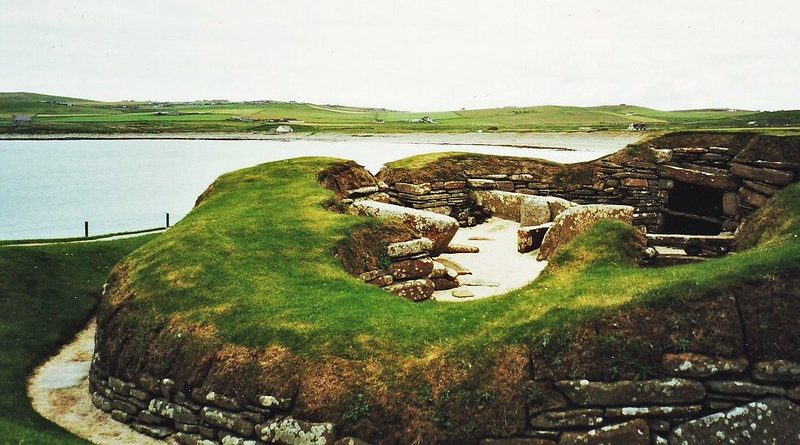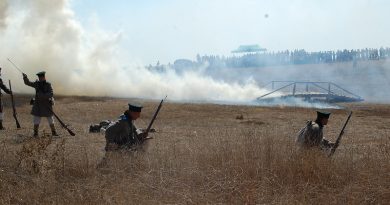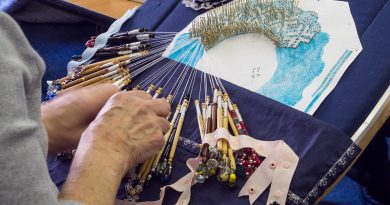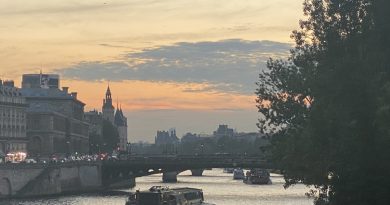Skara Brae: Close Encounters with Stone Age Man
History Facts
Where: Bay O’Skaill, Sandwick, Orkney Islands north of Scotland, Great Britain
When: 3000 BC
History: Advanced settlement of Stone Age man remarkably preserved
Go There For: A glimpse into the life of primeval man
Where It’s At
Skara Brae is Northern Europe’s most well preserved prehistoric village. In Orkney’s Bay O’Skaill in Sandwick, this is the central site for visitors to the remote Northern Islands of Orkney off the coast of Northeast Scotland. The whole community was hidden under sand until 1850 when a massive storm blew away the sand and exposed this historic site underneath. The site became known as Skerrabra. Four ancient houses were uncovered in the sand which were thought to have been inhabited for at least 600 years. It was at the time thought to be an Iron Age settlement but recent radio carbon dating dates the period much earlier to Neolithic (Stone Age), around 3,000 BC. Because of the protective sands and cold temperatures, the remains are remarkably well preserved with even the original walls and stone roofs remaining intact. Skara Brae is always a threatened site because of the fierce Orkney weather but it is being preserved.
People of Skara Brae
The people of Skara Brae’s main source of food came from the seas – whale, fish & shell fish as well as domestic animals like cows, wild boar, red deer and venison. They were advanced people for their time, and developed a sophisticated drainage system pre-empting the toilet. The houses were sunk in the ground to protect against the harsh Orkney winds and provide insulation. Everything was constructed from stone, from the dry stone walls to beds and other furniture as Orkney is a land devoid of trees. Visiting the site today you can see ancient furniture made out of stone, and other artefacts made from whalebone, timber and skins. The people of Skara Brae were artistic, producing pottery called Grooved Ware, which was highly-decorated large vessels with moulded rims and designs cut into the surface.
Getting to Orkney
Orkney is remote and expensive to get to, but well worth the effort. It’s a 90 minute flight from Glasgow or Edinburgh to Kirkwall Airport on the Island or you can fly from Aberdeen or Inverness. It’s also easy to make the connection from further south in Birmingham, London & Manchester airports. During the summer, flights can get heavily booked out and there are no flights on Sundays so don’t get caught out – book in advance.
Within Orkney flights between the islands are operated by Loganair on behalf of British Airways. There is also a “flying visit” to Fair Isle. For inter-island reservations Tel: + 44 (0)1856 872494 or 873457.
From the mainland, you can take a ferry from the city of Aberdeen or a small cruise from Pentland Firth or Scrabster on the Coast. If you’re travelling by car, the closest crossing is Gills Bay in Caithness or foot passengers can take a ferry from John O’Groats – the Mainland’s most Northern point.
There are plenty of B & Bs, hotels and holiday flats to stay in – but book well ahead, this is a popular attraction.
The hearth place was the centre of village life, as people would gather in each other’s dwellings to wile away the long winter evenings. The houses in the village were all linked together so you didn’t need to step outside to visit your neighbours. This was a close knit community of around 100 – 150 people. It is thought that the village wasn’t abandoned overnight but slowly subject to migration as the close clan culture of the Stone Age began to fall apart in favour of individual settlements in the Iron Age.
One unusual theory is that the original settlers came from Egypt around 3 – 4,000 BC, ending up in this far flung corner of the world accidentally during a ship wreck and were unable to escape as no trees or shipbuilding materials were available. This would explain how these people were so far evolved. They built their look-out where they landed either for better protection, or hope of rescue. Egyptian hieroglyphics translating as “MER” meaning both pyramid and Egypt in Egyptian are found in the settlements. This theory remains somewhat speculative.
More Information
Orkney Jar
Preserving the heritage of the Orkney Islands.
Orkney Links
Links to accommodation, travel links & tourist resources.
By Susi O’Neill




